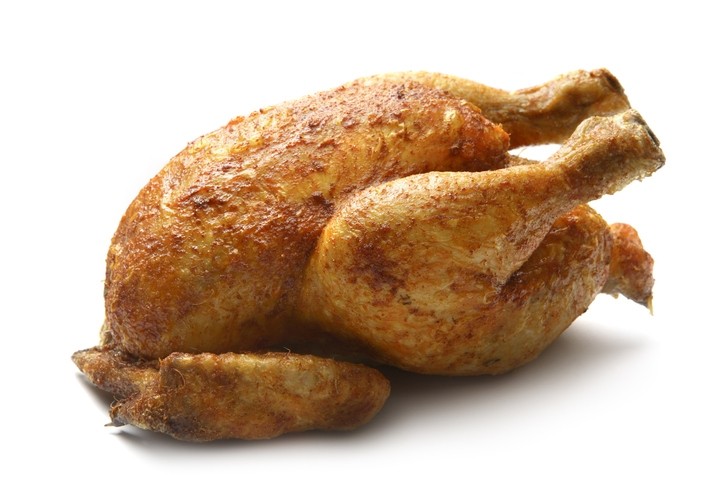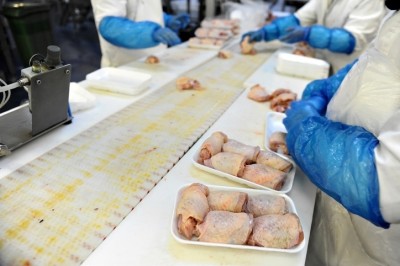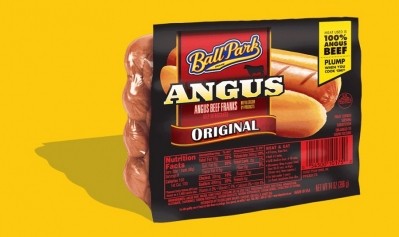Tyson Foods sees mixed results as higher protein prices drive shifts in shopping

While the shift is creating opportunities for Tyson in the less expensive chicken segment, which it has long dominated and has been intensely focused on improving in the past year, the overall drop in volume across multiple protein categories resulted in lower-than-expected quarterly earnings and prompted the business to cut its outlook.
Total sales volumes fell 1.9% in the third quarter ending July 2 and were down 1% year-to-date, reflecting a significant 8.5% volume drop in the company’s prepared foods business (5.5% year-to-date) that includes the divestment of pet treats. Year-to-date, volume also dropped 1.5% for beef and 2.1% for pork, according to the company.
With this in mind, Tyson lowered its full year volume expectations to ‘flat,’ which Bernstein analyst Alexia Howard described as a “disappointment” in her same-day note to investors.
“Clearly price elasticity is beginning to kick in here in measured channels,” she added.
‘Demand for chicken is extremely strong’
Tyson’s chicken business is thriving, however, with volume up 0.7% year-to-date and sales up 26% in the quarter to $4.4bn and 25% year-to-date to $12.3bn as consumers look for less expensive animal proteins.
“Demand for chicken is extremely strong. Demand for ready-to-eat chicken, for example, is very strong. And we’re at capacity as it relates to that. We are investing and have a new asset coming online early next year, and that will obviously help a bit. But the business did grow,” CEO Donnie King told investors.
This, combined with the progress on the company’s operational turnaround, allowed Tyson to maintain its full year margin expectations for chicken between 5-7%, but at the lower end.
Demand for beef holds promise
Tyson also was optimistic about its beef volume, despite volume declines for the full year, noting that volume up was 1.3% in the quarter compared to the same period last year thanks to higher head throughput and carcass weight. This gave it confidence to maintain its projection that beef margins would move toward the expected 5-7% range and a full year margin of 11-13%.
Bernstein’s Howard echoed this optimism, noting that global demand for beef “remains robust, which should support margins in the mid-single digit range that the company provides as long term guidance.”
The outlook for pork, however, was not as positive as high retail prices and the strong US dollar internationally are expected to hamper sales and impact export demand. In addition, the company expects ongoing tightness in live hog inventories. As such, it reduced its full year margin outlook for the category to a range of 3-5%.
Higher prices offset volume declines
The drop in volume was offset by higher prices in chicken and prepared foods, which helped sales improve 8% for the third quarter and 16% year-to-date compared to the prior period, King said.
He also called out the company’s diverse portfolio as providing some financial protection as the economy continues to tighten and consumers shift between proteins and products.
For example, he noted, “our iconic retail brands, Tyson, Jimmy Dean, Hillshire Farm and Ball Park … outpaced total food and beverage, up 13% in the last 13 weeks compared to pre-pandemic levels,” helping the company maintain its market share pole position in the majority of the retail core categories in which it competes.
He added that as price elasticity begins to impact the business, Tyson is “ensuring that we provide a breadth of value offerings across our portfolio, and you’ll see us launching items focused on opening price points as well as larger sizes that can provide consumers value.”
These moves are helping the company hold its own against private label, which the company’s prepared foods group president Noelle O’Mara noted has not gained ground in recent quarters.
She added: “Where we do see share pressure in our portfolio, we also see the availability of merchandising lagging versus prior year. So, that’s why our focus is on driving volume so we can get back to the availability levels as well as the merchandising performance in the quarter ahead.”
















